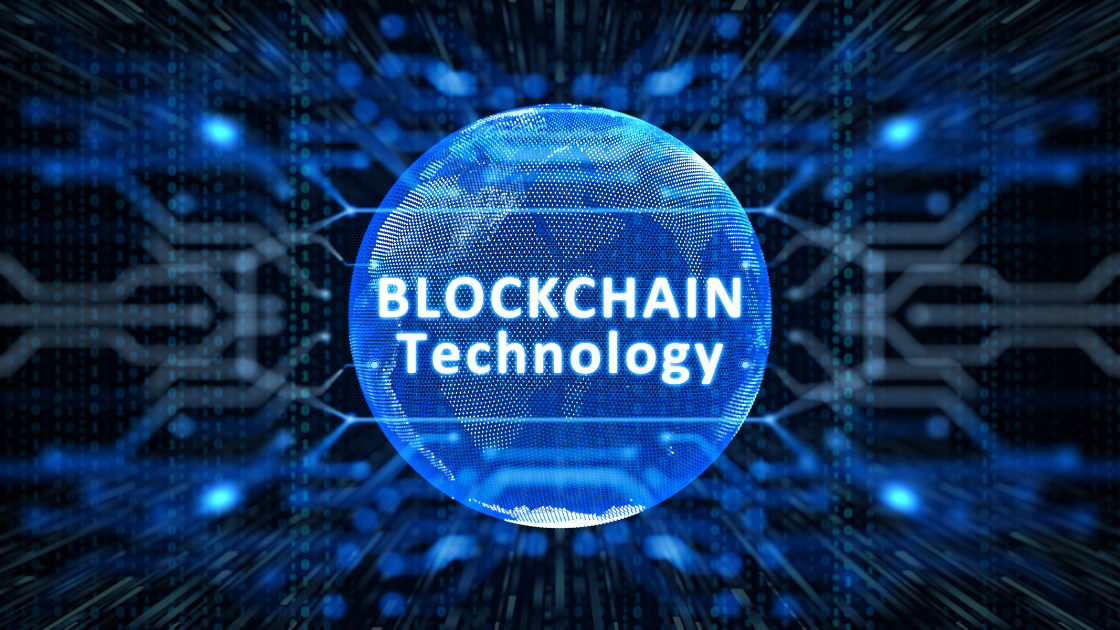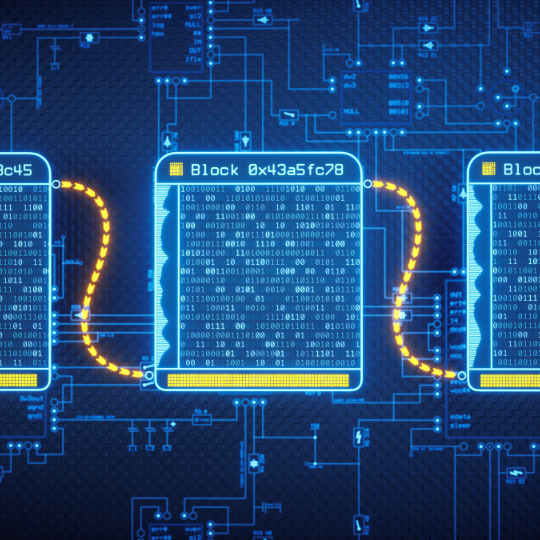Blockchain has gained significant popularity in recent years as a key technology in the digital era. Essentially, blockchain is an open ledger that securely records transactions in a continuous chain of encrypted blocks. Its transparency and security have driven increasing interest, leading to a growing demand for specialized blockchain development languages that cater to this evolving technology.
A mysterious character by the name of Satoshi Nakamoto gave blockchain its popularity back in the year 2008. Today, the value of this technology is projected to reach $20 billion very soon. As more ventures and people seek to leverage blockchain’s potential. The understanding and option of the correct programming language becomes essential. Thus, this blog will take you through these top blockchain development languages.
Let’s begin!

List Of The Key Programming Languages For Blockchain Development
JavaScript
Well, Java is among the versatile blockchain development languages. Usually, its place is in web development but now it has won blockchain too. It is used in frameworks like Ethereum, Hyperledger Fabric, IOTA, and NEO. Crafted by James Gosling in 1995. Java delivers vigorous features. For instance – Application Programming Interface (API), class-based object-oriented programming, & excellent portability.
Pros
Platform-Independent – Java WORA features permit it to operate on any device.
Developer-Friendly – Its flexible nature simplifies development.
Secure – Avoids explicit pointers & includes a security manager for access control.
Cons
Memory-Intensive – Slower & utilizes more memory than C/C++.
No Backup Facilities – Java concentrates solely on memory management.
Solidity
Solidity is a high-level language. It resembles object-oriented languages in different aspects. It is used for the crafting of smart contracts on Ethereum & EVM-compatible blockchains. This is Influenced by C++, Python, and JavaScript. Despite being relatively new, it has rapidly gained popularity among blockchain developers.
Pros
User-friendly – Solidity is a very user-friendly & flexible Language.
High Accuracy – Ensures secure and reliable smart contracts.
ABI Support – Delivers type-safe functions for powerful contract interactions.
Cons
Immutable Contracts – Once deployed, contracts can’t be altered or updated.
Limited Code Coverage – It might not fully cover all smart contract scenarios.
C++
C++ language was created by Bjarne Stroustrup in 1985. It is one of the key blockchain development languages. This language is renowned due to its polymorphism, function overloading, and others. These vivid features enable users to customize data effectively. C++ is used worldwide. Especially blockchain projects such as Bitcoin, Stellar, and Ripple.
Pros
Object-oriented – Easier than binary coding languages.
Data Hiding – C++ delivers security with global data & functions.
Rapid and Powerful – Quick execution than Java due to its multi-paradigm nature.
Cons
No Dynamic Memory Allocation – It lacks garbage collection.
Increased Complexity – Longer code adds complexity.
Python
For beginners, Python is an excellent choice for blockchain development. This is due to its simplicity and of course, concise code. As an open-source language, it delivers multiple resources and plug-ins as well. Additionally, python supports object-oriented programming. Popular GUI options like PyQt5 and Tkinter are also available for creating blockchain applications.
Pros
Extensible Features – It is very easy to detect & debug errors due to line-by-line execution.
Object-Oriented – Simple syntax grants concentrate on coding rather than syntax.
Extensive Library – Large built-in libraries alleviate reliance on external libraries.
Cons
Run-Time Errors – Dynamically typed, which can lead to type-related errors.
Memory Usage – High memory consumption can reduce the execution.
Go
Renowned as Go, Golong is another best blockchain development languages. This language is used by myriad developers because of its unique prominent features, globally. Launched by Google in 2007, Go is a very easy-to-use, smooth, and rapid language. The language is beneficial for both beginners and tech experts.
Pros
Garbage Collection – Go facilitates rapid task completion with automatic memory management.
Organized Typing – It provides precise & structured syntax.
Run-time Efficiency – Outperforms countless languages due to virtual runtime.
Cons
Error Handling – It needs lengthy code blocks if error monitoring fails.
New to Market – Golong has limited library access because of its recent emergence.
Rholang
Rholang is a newly introduced blockchain programming language. It simplifies development with readable syntax. Hence, abolishing the cognitive load. Additionally, Rholang runs on the Rchain platform. This language is perfect for developing smart contracts. Along with this it decentralized apps that required correctness as well as a high level of security.
Pros
Easy to use – The Rholang language is straightforward to use.
Flexible – The stretchability of this language makes it user-friendly, safe, and reliable.
Design for speed – Rholang is specially designed for speed
Cons
Weak on Mobile – Less effective for mobile devices.
Run-Time Errors – Dynamically typed, which can lead to type-related errors.
Wrapping Up
Finally, I hope that you like this blog. And, get information regarding the top-notch blockchain development languages. Numerous programming languages are available and you can use them for your blockchain. However, it is still a daunting task to choose one of these languages. This is because every language comes with different benefits and downfalls. So, becoming confused is a normal thing. Furthermore, stay connected and keep reading to clear your queries.






